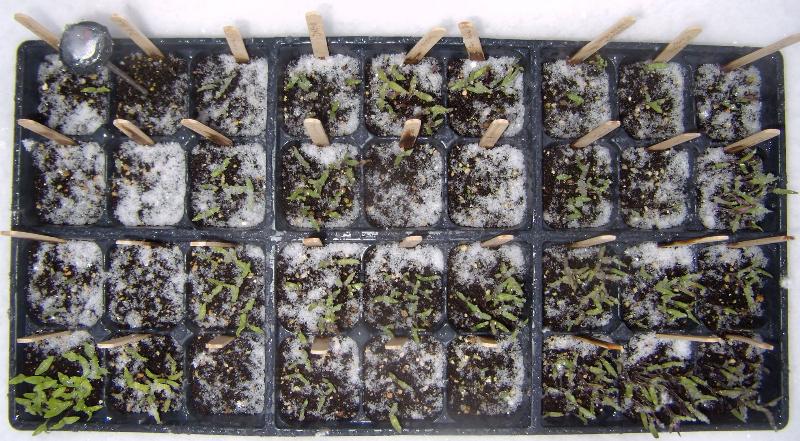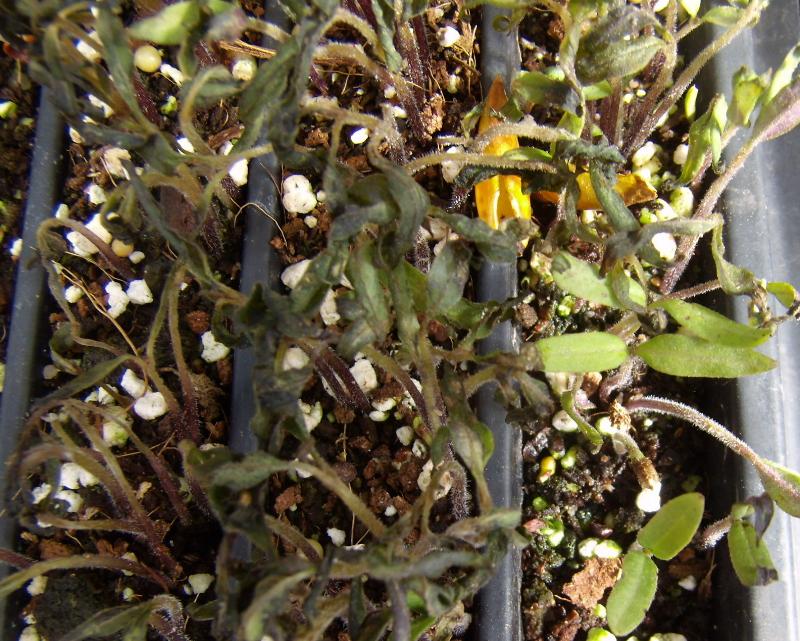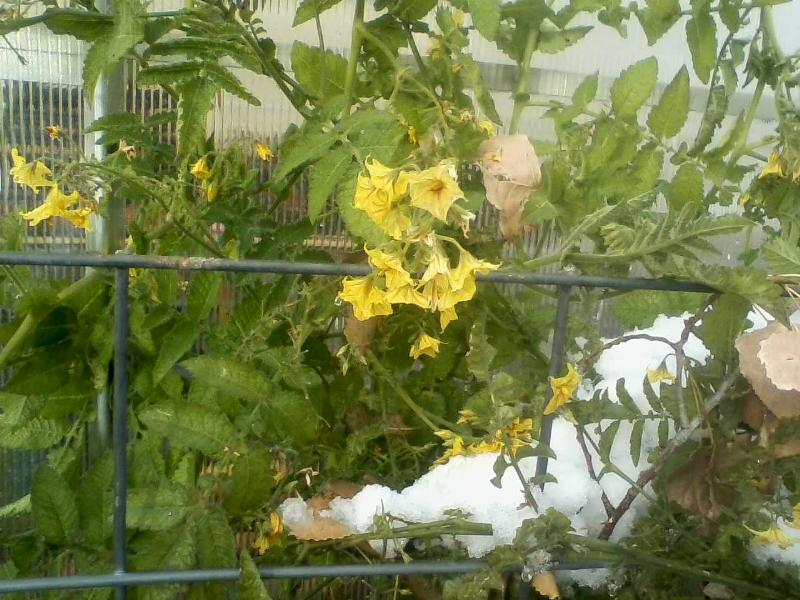




Cultivate abundance for people, plants and wildlife - Growing with Nature







Community Building 2.0: ask me about drL, the rotational-mob-grazing format for human interactions.









Community Building 2.0: ask me about drL, the rotational-mob-grazing format for human interactions.
 1
1




Sometimes the answer is nothing










wayne fajkus wrote:I learned that zone 8's are very different depending on where you are located. Im in 8a and started thinking about what i would need to do to be a zone 9. Cold is the biggest hurdle to overcome. We may get 3 overnight freezes a year, then one year it stays below freezing down to 17 degrees for 3 straight days.
While things like elevated beds may save the plants from a short overnight freeze, how do you deal with 72 hours below freezing? I suspect that trumps any heat gains you get with water tanks, rocks, holes, etc. It won't last as long as needed.
Im not trying to be negative. I guess my question is how to handle multi day freezes. It seems the most crucial aspect of the OPs goals. If there are any solutions besides covering plants and trees, i would love to here them.
Theres a movement here in texas for olive trees. Im not exact on my numbers but it generally goes like this: olives take 7 years to fruit. In 5 years a freeze comes that kills the upper tree. The tree comes back from the roots, the seven year wait starts over. In 4 years a freeze comes.........
Community Building 2.0: ask me about drL, the rotational-mob-grazing format for human interactions.








 1
1




Yes, I'm that David The Good. My books are here: http://amzn.to/2kYcCKp. My daily site is here http://www.thesurvivalgardener.com and my awesome videos are here https://www.youtube.com/subscription_center?add_user=davidthegood

 1
1








|
This is my favorite show. And this is my favorite tiny ad:
montana community seeking 20 people who are gardeners or want to be gardeners
https://permies.com/t/359868/montana-community-seeking-people-gardeners
|




